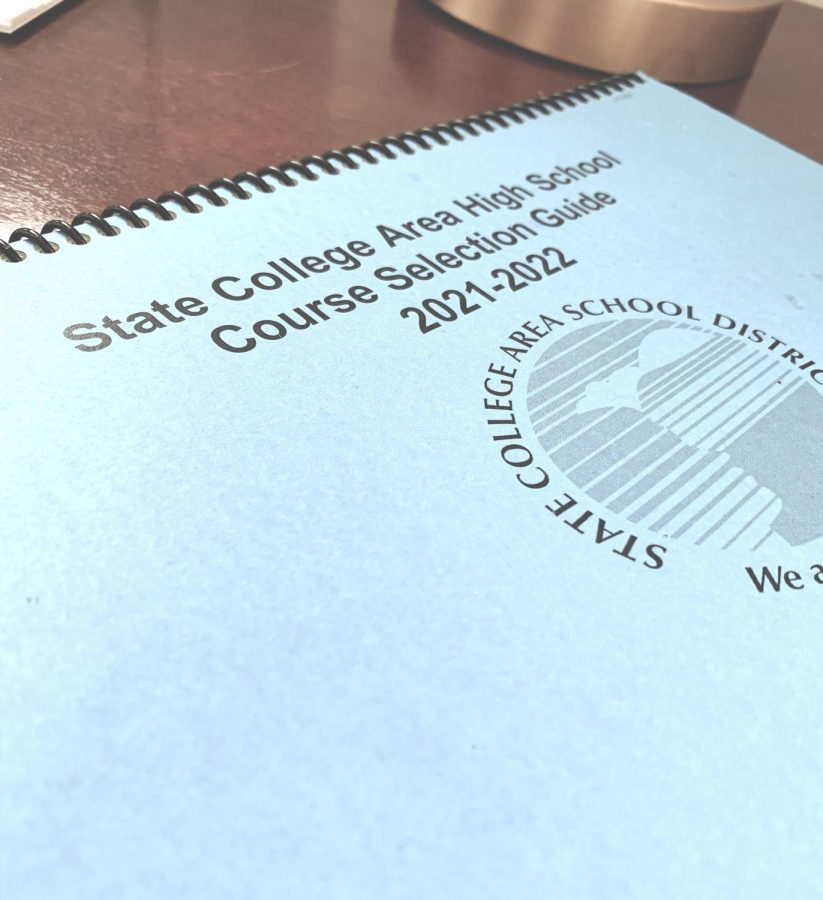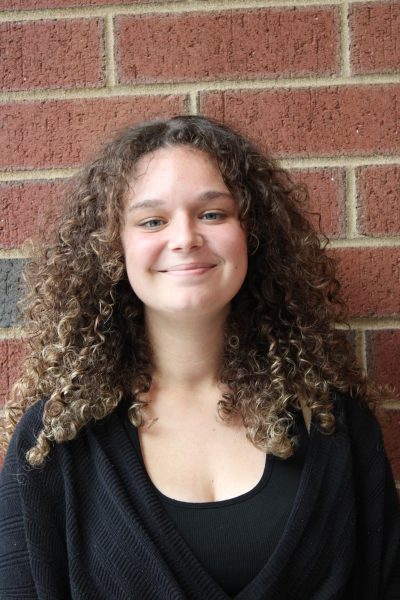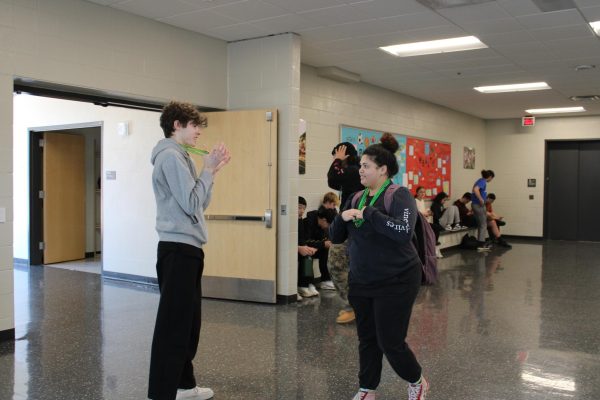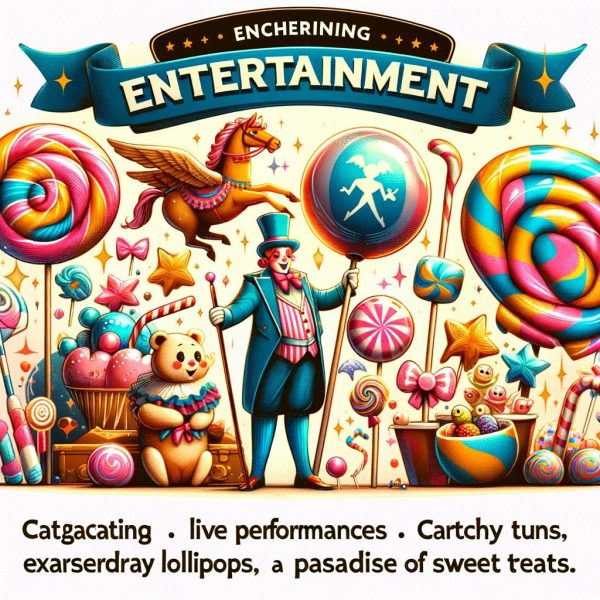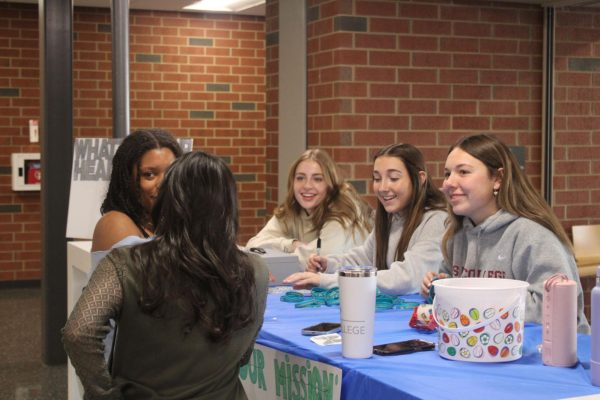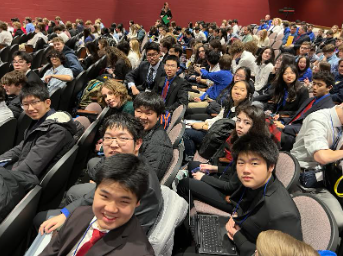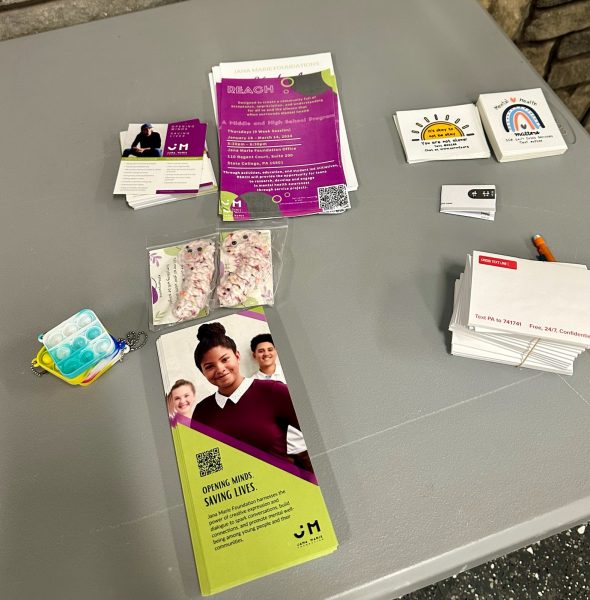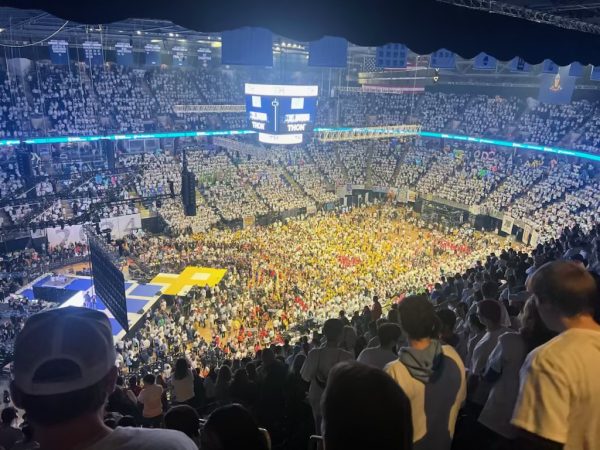Course Selections: Thinking About the Future
Picture of the State High course selection guide, taken on Tuesday, Feb. 8.
February 14, 2022
Starting Feb. 1, course selection was opened for the 2022-2023 school year. Students at State High were tasked with deciding what classes to take, with guidance from counselors and a feel for their own interests helping them make these decisions. From thinking about the future to gaining credits for graduation, three basic motivations can be identified for choosing electives: academics, hobbies and interests, and graduation requirements.
Sophomore Kennedy Robinson, a student pursuing architectural electives, shared that her professional interests push her to take these certain classes.
“My deciding factors are mainly career-based and based off of my interests and what I want to do in the future,” Robinson said.
Alternatively, Sophomore Rowan Smith said they choose their classes for easy A’s “so [they] can graduate and leave as soon as [they] can.”
Understanding these different motivations makes it easier for a student to identify if they want a curriculum or learning route.
Many students choose to take Advanced Placement (AP) or International Baccalaureate (IB) courses, especially if they know what direction they want to take after high school. AP courses also come along with the offer of an AP exam in May to earn college credit, and IB courses follow international guidelines with three different IB plans—the Diploma Programme, Career Programme, and the option to take courses a la carte. Students who successfully complete the diploma programme receive an IB diploma, which may make them look more distinguishable among college applicants. Hannah Catalano, a counselor at State High, noted the importance of balance for those applying themselves to an academic path.
“Of course [a rigorous course load] looks very favorably amongst college admissions and such, but ultimately, we do want to make sure there’s a balance. Sometimes students can get very burned out if they are doing all the AP, IB and it becomes too much to manage,” Catalano commented.
Catalano strongly advises students who are pursuing academics to aim for electives that allow for variety beyond core subjects.
“Matching interests and passions with electives really balances and gives you a well-rounded schedule,” Catalano stated. This can help to avoid the burned-out feeling that is associated with the harder classes in each subject.
Considering this, choosing courses based on interests or hobbies can be important for many students. State High offers many different courses that offer experiences students may not be able to have in college. Catalano mentioned that the courses which are most popular with students outside the core four subjects are the hands-on or creative classes. Examples of these are Fabulous Foods and Baking 101, as well as Drawing, Painting, Cinema Arts, and other art or family consumer science classes which tend to fill up rather quickly.
“Students really just like to test out those interests. …If they take drawing, [they might] realize ‘Oh, I don’t want to be an artist or do anything that relates to art,’ but it may be nice for them to have the experience to take a class like that as they may not have that opportunity later on depending on their major,” Catalano said.
This approach of trying out different subjects can also apply to students who don’t know what their interests are yet or to those who just want to complete the graduation requirement of twenty-five credits. Within these twenty-five total credits are four credits of each social studies and English, three credits of each math and science, two and three-quarters credits split across health, gym, and driver’s safety, and the remaining amount of eight and a quarter credits to be taken up by electives. This outline of required classes gives room for students to discover a variety of subjects while also offering flexibility for them to pursue their interests.
“I know when a student takes something just to take it, they may end up not doing well or not feeling engaged in their course,” Catalano said. Beyond meeting graduation requirements, there are other criteria that can help with choosing courses even when they don’t fall in line with interests or career paths. Collecting a variety of skills or gaining exposure to diverse material before college can also come in handy.
When thinking about the future, courses offered in high school can help shape interests, experience, and leanings toward certain careers. Besides the combination of choosing rigorous, required, and interesting courses to gain the knowledge and skills needed for after high school graduation, Catalano offered other advice to be considered.
“I definitely feel that the most overlooked advice is to meet with your counselor…We’re here to help, and these experiences of planning for the future and scheduling we don’t expect students to do that alone,” Catalano encouraged.
If a student is ever unsure of their own interests, the courses they want to take, or any concerns about their future, they can talk it over with their counselor, any one of their Learning Enrichment teachers, ARTsmART instructors, or class teachers. All these people have a very good understanding of helping students with course scheduling. Sometimes, students feel it is a burden to ask for help in this area, but no matter what path a student is currently on, the resources at State High are here to help.

